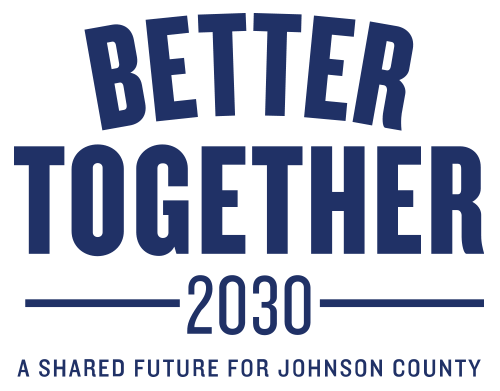Since the WHO declared COVID-19 a global pandemic on March 11, 2020, the demand for N95 masks and other essential personal protective equipment (PPE) have skyrocketed, leaving a shortage worldwide. In Iowa, Governor Kim Reynolds has enacted a PPE shortage order, allowing healthcare workers to reuse some forms of PPE or use homemade masks until the state can obtain more supplies. As we begin to reopen our business community, it will be important that employees and consumers have access to face masks in order to keep our community safe. Our collaborative efforts will play a role in preventing COVID-19 reoccurrences and spikes. If N95 face masks continue to be hard to access, homemade face masks may be an option for your workplace. Below are resources for CDC standards on homemade face masks.
Who Should Wear Masks?
- Medical and isolation team members
- Health screeners (supervisors who take employees’ temperature)
- Disinfection team members
- Those with broad exposure to customers or employees
Who Should Wear Face Shields?
Face shields are commonly used in healthcare and manufacturing. They can provide extra protection for those who must work within three feet of another person due to their job requirements. They are not necessary unless you work in healthcare/manufacturing, but they can help.
Who Should Wear Gloves?
- Employees in isolation
- Those performing disinfection of common surfaces
- Employees handling trash
- Employees handling food
Note: Gloves put employees at higher risk of exposure and are not recommended for general protective use for the
following reasons:
- The COVID-19 virus does not harm your hands, so gloves provide no protection, and touching your face with contaminated
hands, whether gloved or not, poses a significant risk of infection. - Gloves often create a false sense of security for the individuals wearing them; people are more likely to touch contaminated
surfaces because they feel they are protected from the virus because of the gloves when in reality, they are not. - When wearing gloves, people are less inclined to wash their hands; this is counterproductive and puts others
at higher risk; we want people to wash their hands because it is the number-one defense against any virus. - Proper removal of gloves takes training; if contaminated gloves are not removed properly, employees are exposed to greater
risk
CDC on Cloth Face Coverings
- CDC recommends wearing cloth face coverings in public settings where other social distancing measures are difficult to maintain (e.g., grocery stores and pharmacies), especially in areas of significant community-based transmission.
- Cloth face coverings should be washed after every use, either with a washing machine or hot water and soap.
- If returning to work, follow OSHA guidelines depending on the industry you work in.
- Link to CDC’s instructions on how to make various types of masks for your own protection.
Iowa Department of Public Health’s Homemade Mask Design Guide for Healthcare Workers
- Contact your local health care facility prior to donation and check to see if they have any specific guidelines to making masks, in addition to instructions for where to drop off.
- If the facility does not have specific guidelines, use the following specifications:
- 100% cotton fabric, tightly woven, minimum of 160 thread count per square inch
- Ties and tape – 100% cotton – white or natural color – minimum ¼ inch thick
- Nose piece – minimum 4 inches long – plastic coated wire twist ties
- Mask size when complete – 7 inches wide by 3.75 inches long
- 3 pleats per mask facing upward (from outside view)
- The mask should have two layers of fabric

